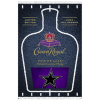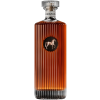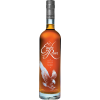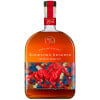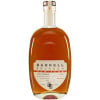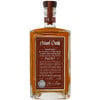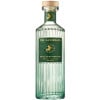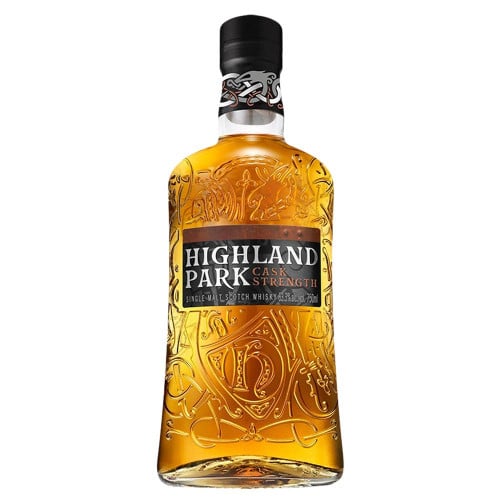About Highland Park Cask Strength No. 1 Release
Situated in the Orkney archipelago in Northern Scotland, Highland Park Distillery was founded in 1798 by Magnus Eunson. The name of the distillery is derived not from the region of Scotland known as The Highlands — the Orkney islands are not a part of the Highlands — but rather from the region known as High Park, where the distillery was founded. Highland Park is an incredible longstanding whisky house, and they pride themselves on their rich Norse heritage, an essence which is reflected in their craft.
Today, over two centuries after its founding, Highland Park Distillery remains one of the few Scottish distilleries that continues to hand-turn, malt, and peat its own barley, using locally cut peat from the nearby Hobbister Moor. The malt is peated to 20 parts per million phenols, and then mixed with unpeated malt produced on the Scottish mainland. "You have to be careful here on the malting floor," says Eric Tait, Highland Park's Maltman. "You find it can get a wee bit slippery underneath. I have to turn the malt every eight hours to prevent the roots getting tangled and to get it all aerated properly. The airing also helps it to grow. The malt will be on the floor for seven days, and I'm running five floors at the moment."
After malting the barley, Highland Park Distillery smokes it using peat sourced from Hobbister Moor, a peat bog located approximately seven miles from the distillery. Hobbister Moor peat is sourced from floral heather bushes, which burn hotter and cleaner than the grassy peats of Islay. Also, the peat sourced from Hobbister Moor has greater derivatives of carbohydrates and a lower concentration of lignin than peat from Islay, giving Highland Park's peat a unique chemical fingerprint. The peat is "absolutely fundamental in understanding the flavor of Highland Park Whisky," says Russell Anderson, the distillery manager. Together with Orkney's unique environment (the temperate, moist climate of the archipelago results in an even maturation process), the peat gives Highland Park Whisky its traditional malty flavors that are tempered by an ever-so-subtle touch of smoke.
Fans of Highland Park and cask-strength whisky will be glad to know that the distillery is adding annual cask-strength releases to their permanent lineup. Highland Park Cask Strength No.1 is the first in the series that is meant to showcase the casks' influence in its pure, unadulterated form. "I want to give everyone who loves Highland Park the chance to experience our single malt whisky in its purest form by bottling ‘straight from the cask’ but allowing you to choose the strength you want to drink this special single malt," says Master Whisky Maker Gordon Motion. The different-aged sherry-seasoned American oak casks are hand-selected by him and the spirit is bottled without chill-filtration at 126.6 proof.
Grab this intense whisky today!
About Scotch
Scotch is the most popular whisky in the world and is considered the king of them all! There are five whisky regions in Scotland (six if you count the not officially recognized Islands), and each of them produces spirits with unique properties and distinct tasting notes. (The type of grain used determents the type of the scotch.)
Malt whisky is made of malted barley, and grain whisky uses other grains like corn or wheat. Most of the time, a whisky is blended from different distilleries hence the name blended scotch, but if a malt whisky is produced in a single distillery, we get something extraordinary called a single malt.
Check out our impressive selection of scotch whiskies, find your new favorite in the Top 10 scotch whiskies, or explore our treasury of rare & hard to find scotch whiskies.
